This is Part 3 in our Permaculture 101 series: What is a Forest Garden? Check out Part 1: The Basics and Part 2: Zones for more permaculture ideas!
This post is so exciting to me because having a forest garden is my dream for the future. I know it will happen in the coming years and I can’t wait! It is my personal favorite aspect of permaculture gardening, to just be able to walk out into your food forest and collect whatever is ready at that moment. Thankfully we live in a fairly mild climate so there should always be something fruiting if we’re lucky and play our cards right!
While we don’t have our own forest garden yet, we recently had the opportunity to visit one in action on the UC Santa Cruz campus. The Alan Chadwick garden is an awesome display of a real life food forest in action!


So, without further delay, Joel is going to take over the rest of this post for Part 3 of our permaculture series.
What is a Permaculture Forest Garden?
A forest garden is a garden that is designed to mimic the interrelationships that exist in a natural woodland environment. Wild trees, shrubs, groundcover and vines all grow together in a symbiotic fashion that requires no additional fertilizer, water, pest or disease control other than what the plants provide for themselves.

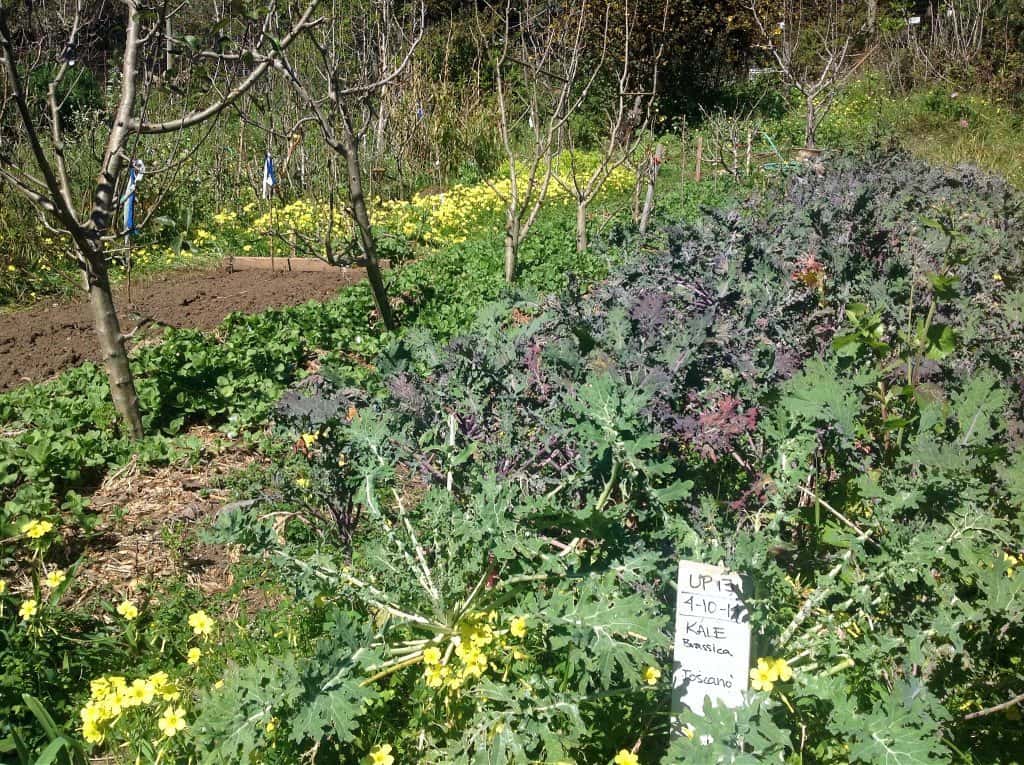
One of the best examples of a miniature forest garden, or guild, is what as known as the three sisters. Corn, beans and squash are planted together in the same mound in this ancient method of food production and cultivation. The corn grows up to provide shade for the squash and a trellis for the beans. The beans fix nitrogen and fertilize the corn and squash. The squash covers the ground and acts as a living mulch for the corn and beans. All elements work together and because of this they actually grow better in this guild than they would separately.
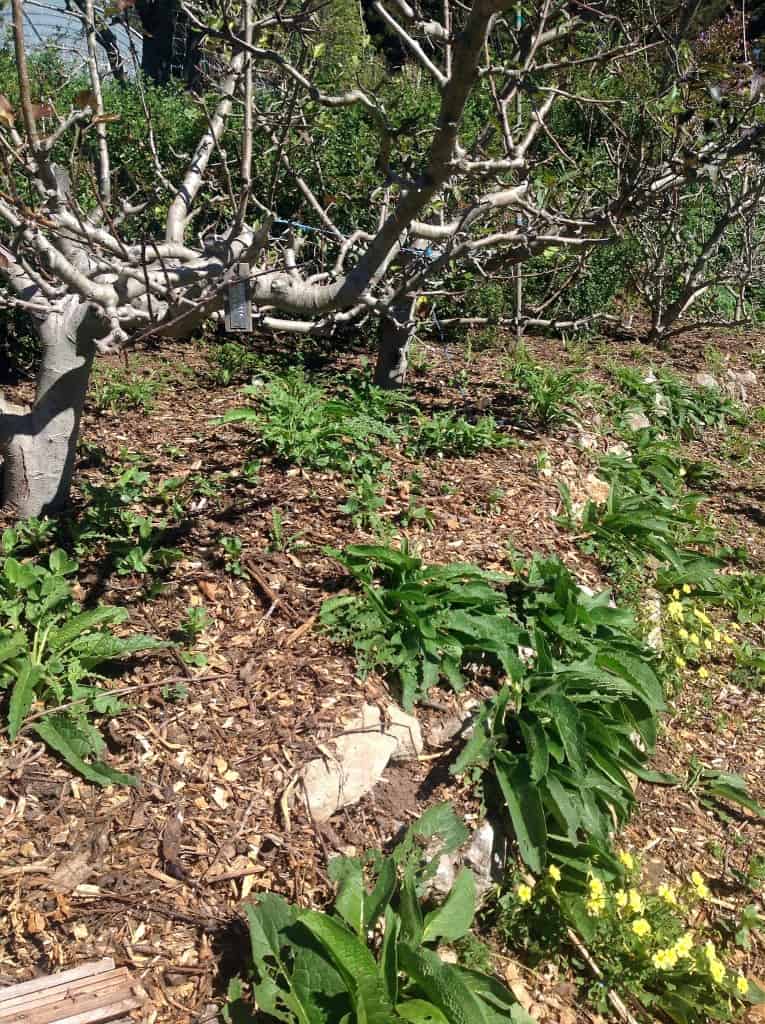
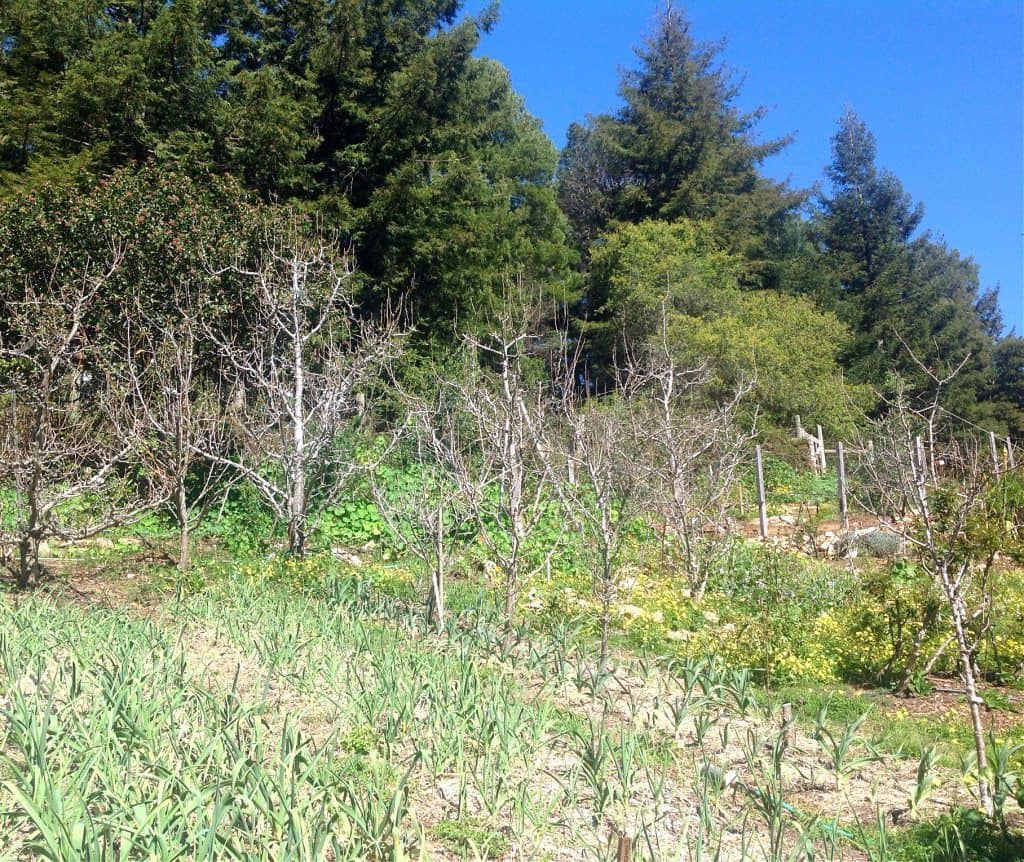
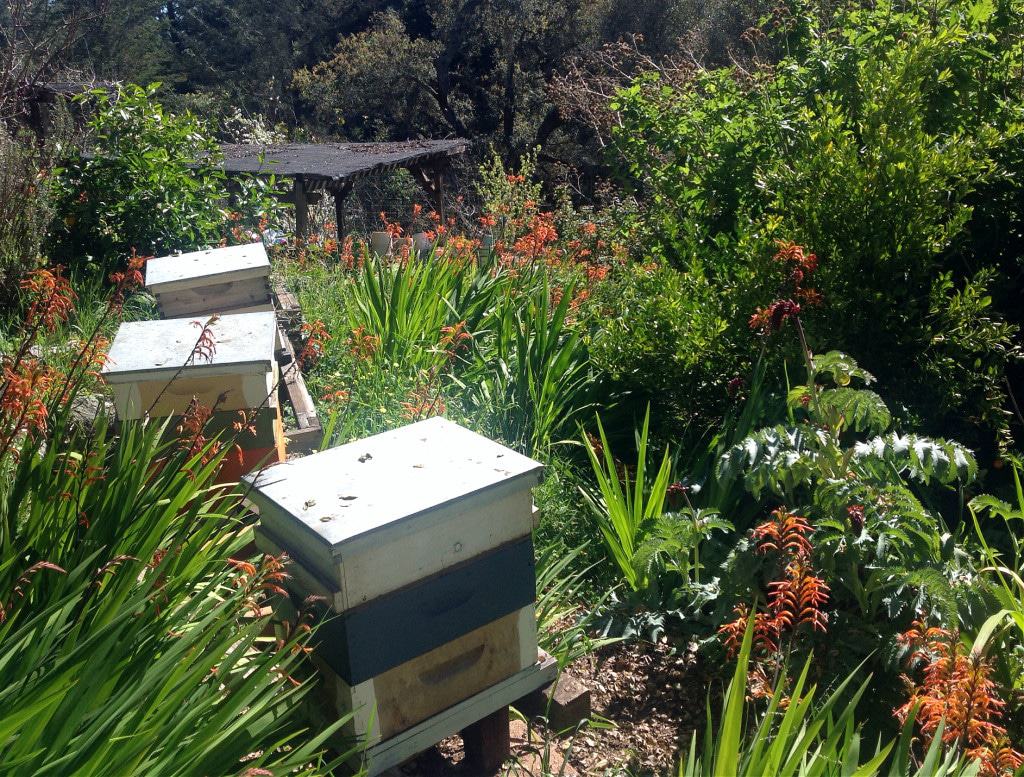
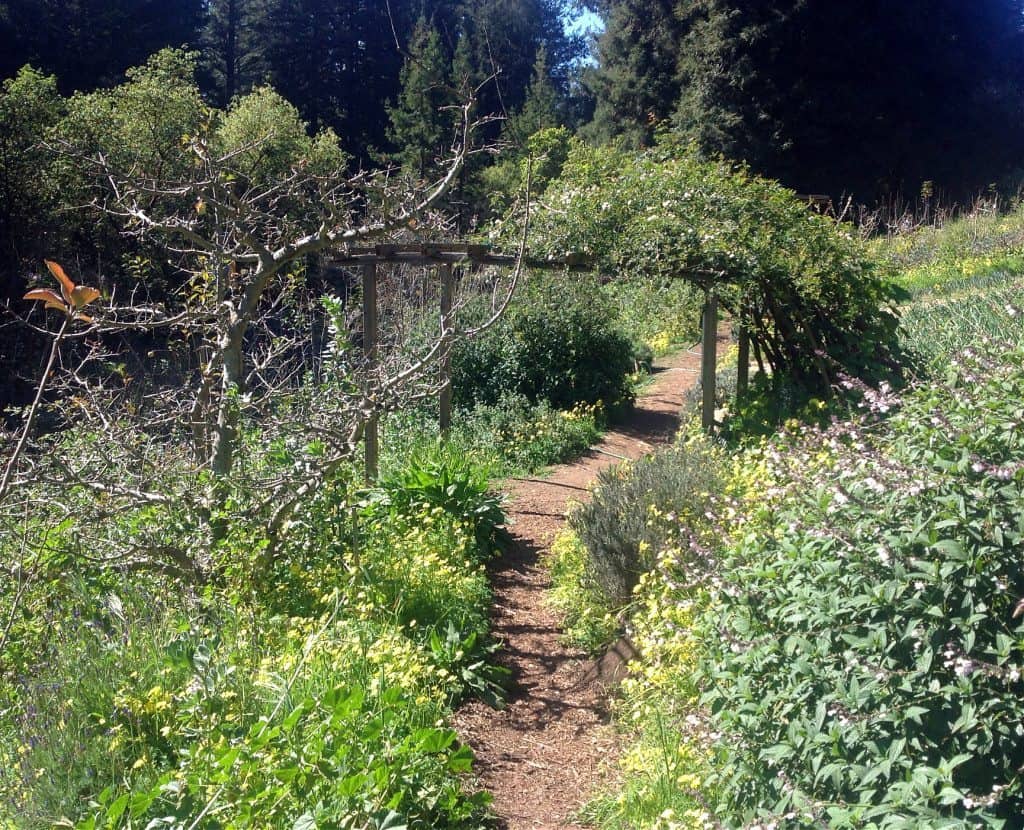
A great resource on forest gardens, and my favorite book on permaculture is Gaia’s Garden by Toby Hemenway. There is also the Edible Forest Gardens 2 Volume Set by Dave Jacke and Eric Toensmeier, widely considered the best resource on the subject.
Here are some other great posts on forest gardens and guilds:
- Benefits of Edible Forest Gardens from Tenth Acre Farm
- The Cherry Tree Guild and Natural Pest Control from Tenth Acre Farm
- Forest Gardening Guilds from Milkwood Permaculture
Happy forest gardening!
If you’re ready to jump into creating a permaculture landscape around your home, start with our Permaculture Gift Guide or one of these great Backyard Permaculture Projects!

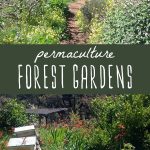



I’ve done some online checking into permaculture and, naturally, it sounds almost perfect. The only issue I have is this: Everything seems oriented to preserving soil structure; I’ve done chop and drop weeding forever; but does this mean root crops are out? How do I reconcile carrots, potatoes and sunchokes with soil structure?
Hi there, roots are definitely part of permaculture gardening and they are very important for the soil. They especially help to break up the soil and they also bring up nutrients to the surface.
I have an 8 acre hobby farm in southern Oregon. I have been wanting to turn it into a food forest. I’m so excited to see what comes of it. Everything I have is organic and I don’t use anything for pests or weed control. My only issue is that we do some poison oak and I’m having the hardest time erradicating it. Any ideas??
Spray it with vinegar
will the vinegar get rid of leftover oils from the plant
Love this! I am also in Australia and am so glad to have happened upon your site, I have signed up to your emails x
Just getting into this idea, and just love it!! I’m in Michigan, are there any resources you recommend for growing with such a small growing season?
I would look up Eliot Coleman’s books, he does permaculture gardening in a cold climate.
Love it, and love Gaia’s Garden etc but I’m in Australia. I’ve yet to find a Food Forest Book specific to subtropical zones in Australia… soon, I’m sure… and any suggestions gratefully received :)
I am not sure which Australian experts have published a book on food forests, but YouTube is replete with permaculture experts based in Australia. If you just search “permaculture Australia” over 77,000 examples pop up. (Morag Gamble is one of my favorites.) “Australian food forest” yields 498,000 results! :) Ironically, I’m in a very different climate, and have been frustrated, sorting through all the gorgeous & jealous-making options available to Aussies! Lucky you!
Beautifully written, Joel!
A wonderful website and I too am from Australia. I was given what I thought at the time,lemon mint but since looking at your guide on Lemon Balm I think it could be it. Can you tell me please the colour of it,s flowers and can I put a photo up so you could tell me please if it is Lemon balm or lemon mint. It has spread hugely as well and has even got in with some of my potted plants too. I am really wanting to try your lemon balm recipes as well! God bless